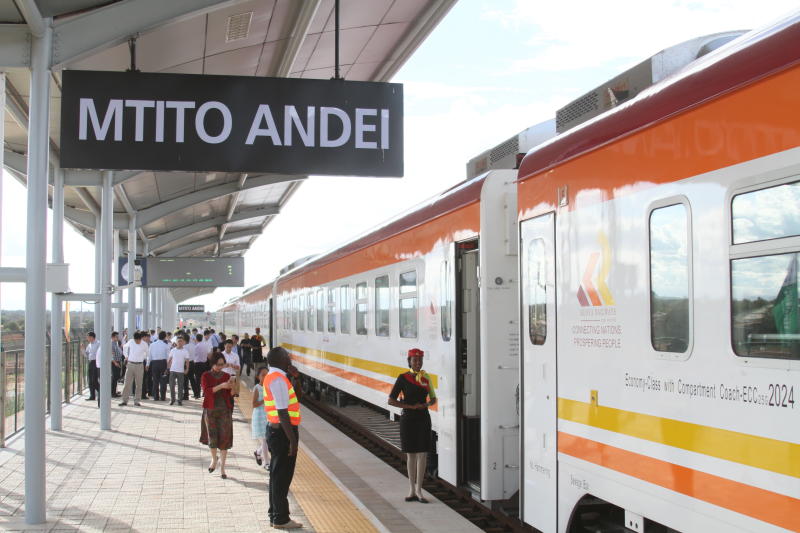×
The Standard e-Paper
Kenya’s Boldest Voice

The controversial plan by the Government to electrify the Standard Gauge Railway (SGR) is gathering pace.
The Kenya Electricity Transmission Company (Ketraco) has sought environmental approval to start construction of power infrastructure for the line.